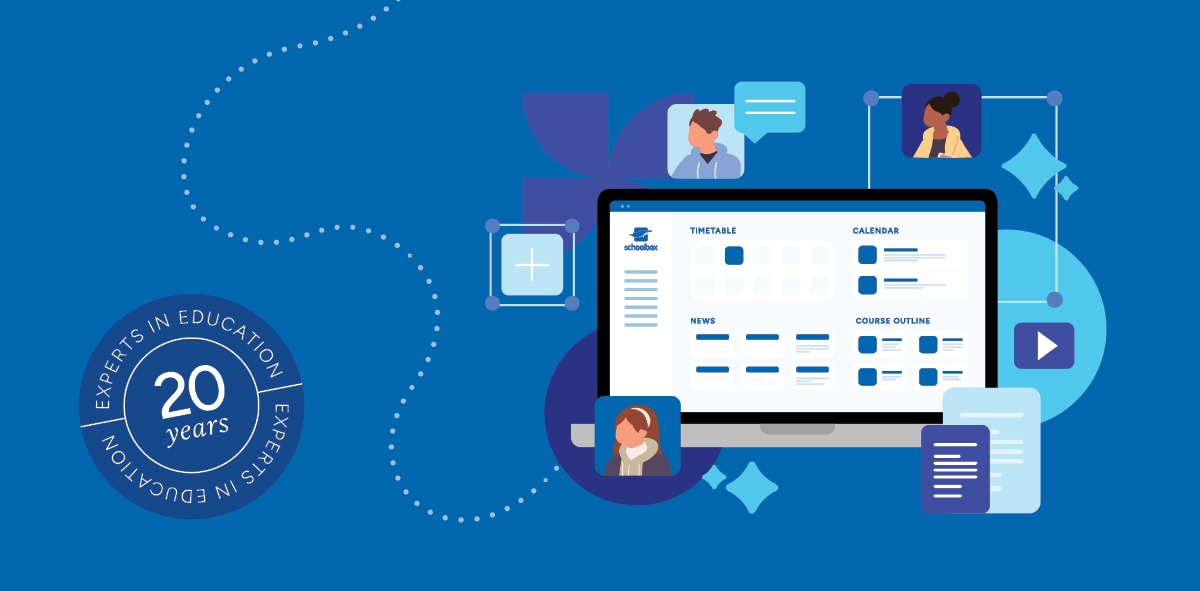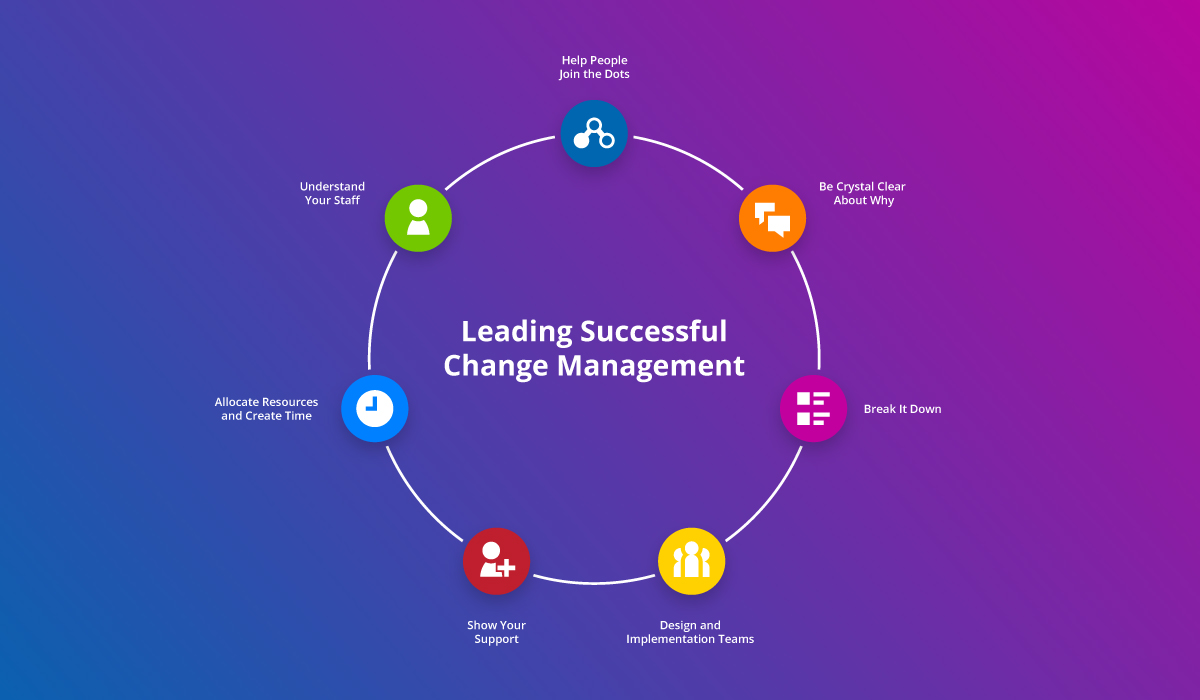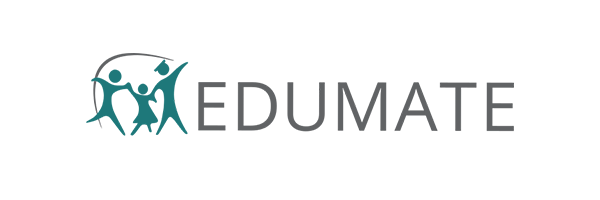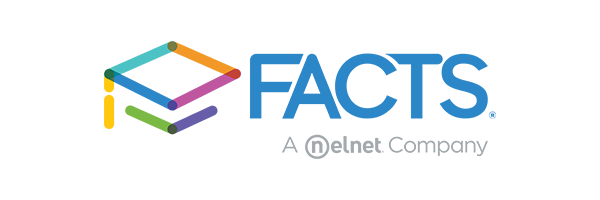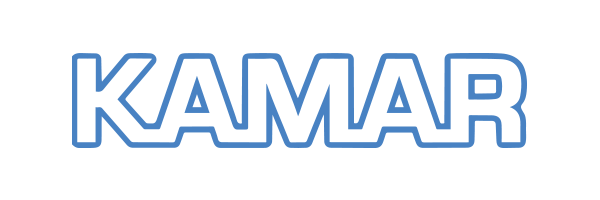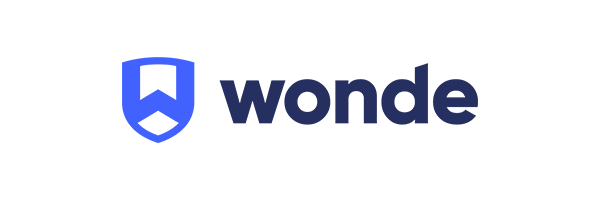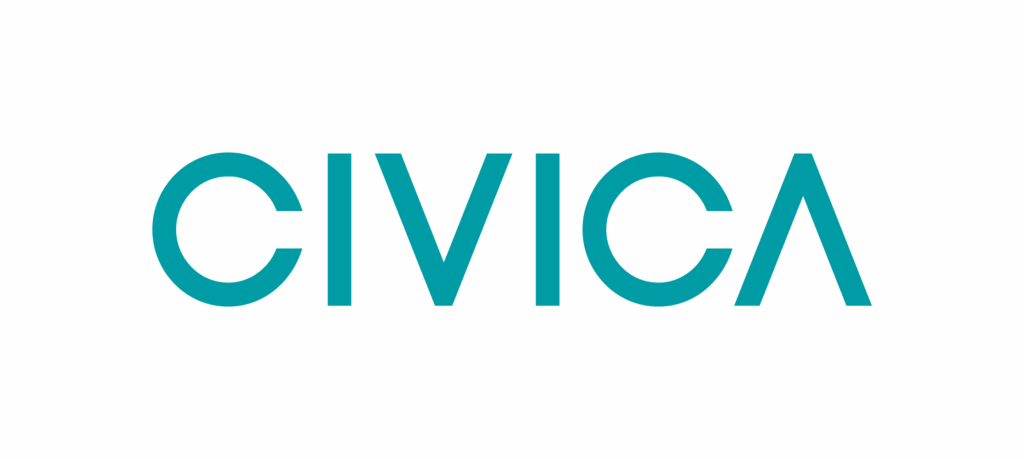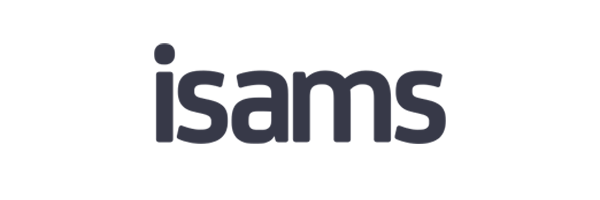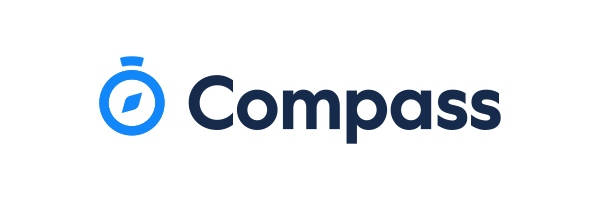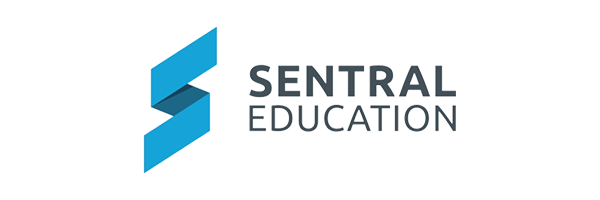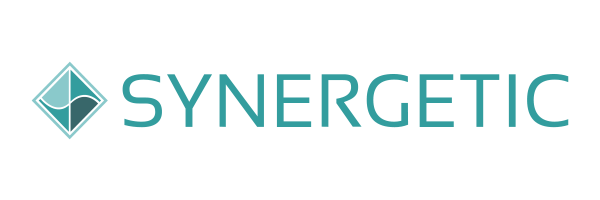It’s the last week of term and there’s a deadline looming. Teaching continues as per the normal timetable, covers are given in place of precious spares and on top of that, academic report comments plus pastoral care comments need to be written and submitted to the head of department.
Once that process is complete, buddy checking will commence—correcting and editing colleagues’ report comments for accuracy and fluency. This process can involve hours of time, reams of paper, red pens for corrections, caffeine and lollies for staying awake. It’s a rough end to the term. Surely, there’s a better way.
Demand for Holistic Reporting
K–12 students want to know what marks they got. Parents also want to know if their children are putting in their best effort. Prospective employers want to know whether applicants work hard and display a team approach in their school environment.
Where once a report focused on academic outcomes alone, this is merely the start of modern reporting approaches.

Holistic reporting encompasses the whole student—their academic performance, sporting and co-curricular achievements, their wellbeing, service to their community, behaviour towards others and the environment, and engagement with their learning. This all-encompassing practice can consume much time and energy from teachers.
Schoolbox as an Information Gateway
Whilst acknowledging that schools have a legal obligation to provide periodic reporting regarding student achievement, there are many varied ways of addressing the baseline and, in fact, embracing the idea of holistic reporting.
An all encompassing online platform like Schoolbox provides flexible solutions for both feedback and reporting, whether schools follow a continuous, progressive and/or end-of-period reporting model.
Take a look at how Schoolbox LMS can help your school meet the demand for holistic reporting.
Customised to your school
Each school has different policies and being a customisable software, Schoolbox can cater to your needs and requirements. The key advantage being that everything related to marking and grading happens in real-time in the one location and everyone involved can collaborate with ease.
For instance:
- Develop and implement your policy regarding who sees what and when.
- At the point of task creation, teachers can decide whether results will be visible by staff only, staff and students, or staff, students and parents.
- At the point of marking, teachers can decide whether results will be kept in draft form or published.
- Once moderation or buddy checking has occurred, a head of department or Dean can publish all drafts at once, so that results are available at the same time and notifications are delivered simultaneously to the targeted audience.
Feedback and reporting
Schoolbox features continuous feedback and reporting, which enables educators to store and record information on performance there and then through various means:
- Kami inline grader used for written, audio and video annotations.
- Class and course markbooks for grade allocations and comments.
- Use of rubrics for achievement against standards and parameters (known in Schoolbox as capabilities and indicators).
This way, all marking and grading occurs in one system which is then collated to form a holistic report of the student.
Academic achievement
There is an expectation to provide academic achievement against standards and against the cohort participating in each subject or course. This normally involves an overall grade or mark and a breakdown of grades or marks according to set criteria. Some schools may even provide further information using comparative data across the cohort studying the same subject. With Schoolbox, you can extract all this data easily through the Learning Analytics feature.
One central platform
Within Schoolbox, flexibility exists throughout the platform so that reporting is in line with your school’s needs and requirements.
And being one central platform, educators can reap the benefits of having everything in one place:
- Pastoral care and Student Wellbeing: Pastoral care has become a huge area for schools capturing information about how well students engage with their peers, and their classroom environment. Schoolbox has it’s very own student wellbeing and pastoral care component, which can be used to formulate reports in conjunction with the major academic reports.
- External examinations: With seamless integrations like Octopus BI, you can view external grade examinations (ie. Australia’s NAPLAN testing) in Schoolbox.
- Engagement Statistics: The value of student engagement statistics is becoming increasingly important in the eyes of educators and parents alike. As such, it is a report that is regularly in demand. With Schoolbox, you can see data figures and determine the engagement of students by looking at page visits to a particular topic or discussion, by student.
Market-leading integrations with Student Information Systems
Schoolbox features market-learning integrations that provide seamless data flow from your school’s SIS and other data analytics software into Schoolbox’ central platform. This way, you can reliably centralise all information to then effortlessly generate official reports and distribute to parents, families and the wider school community.
Embracing the Holistic Reporting Approach to Learning

The underlying principle of reporting is, of course, communication. Where once a report card was handwritten and either handed to students or posted out at the end of the reporting period, usually twice a year, nowadays there is an expectation that feedback and grades will be provided for each summative assessment piece; and maybe even each and every task.
Fortunately, with contemporary learning management systems like Schoolbox, teachers can focus on teaching and providing quality, in-time feedback and reporting to their students, without the hassle.

